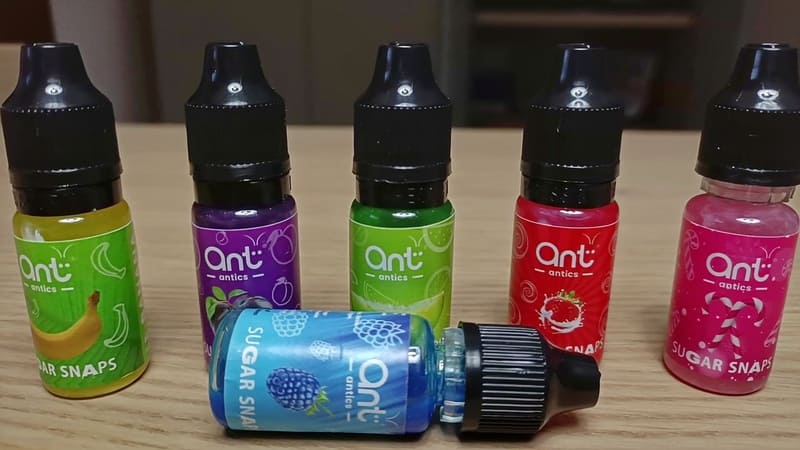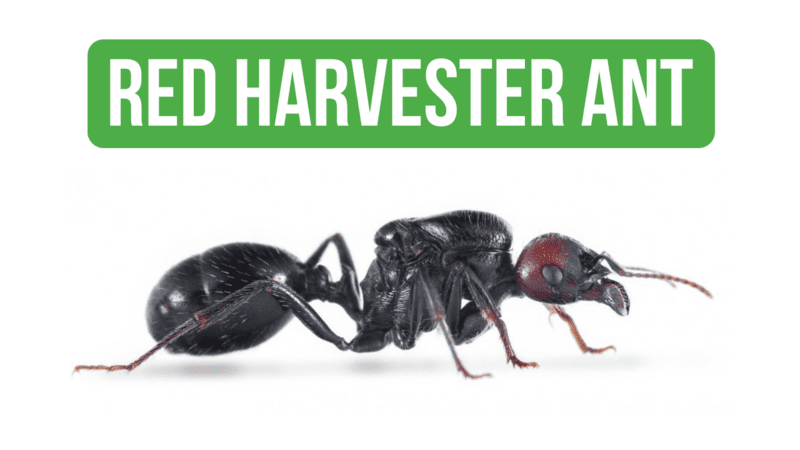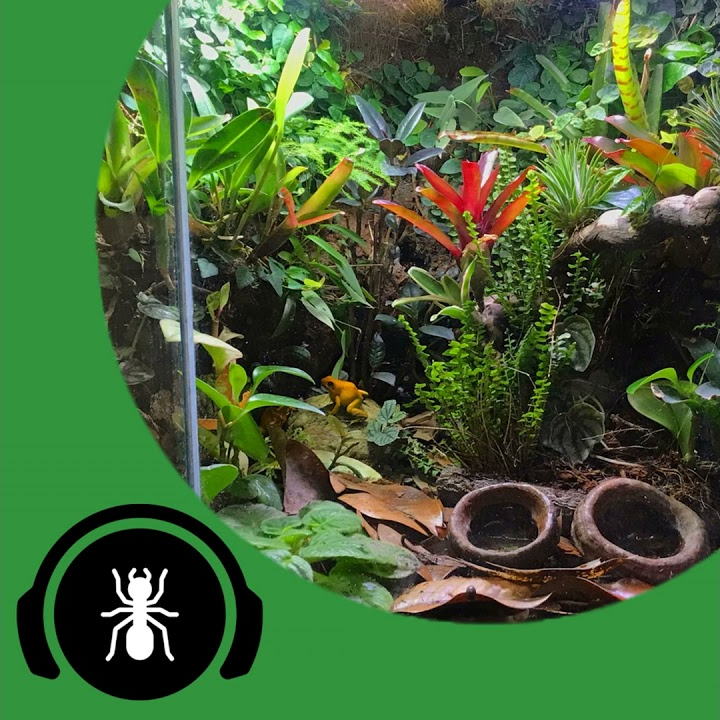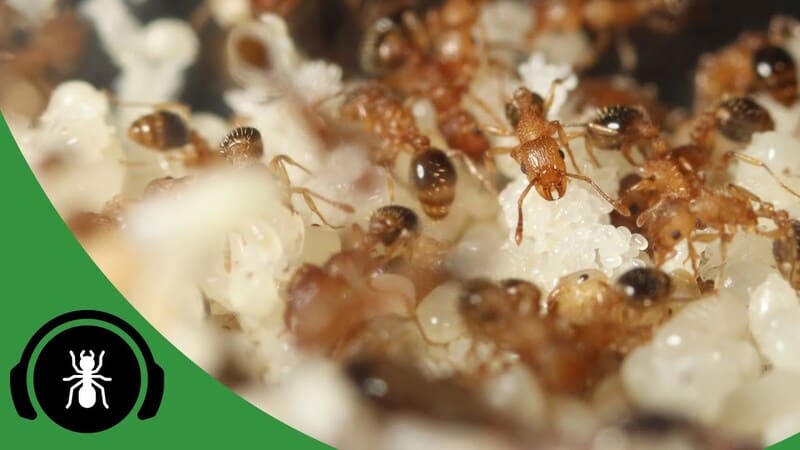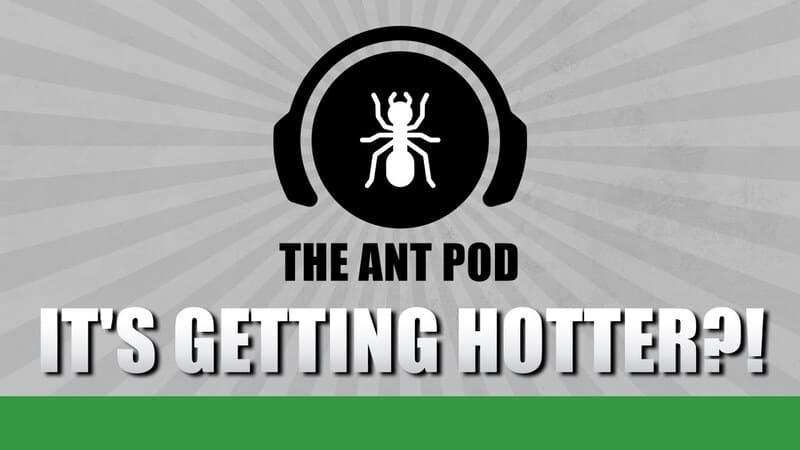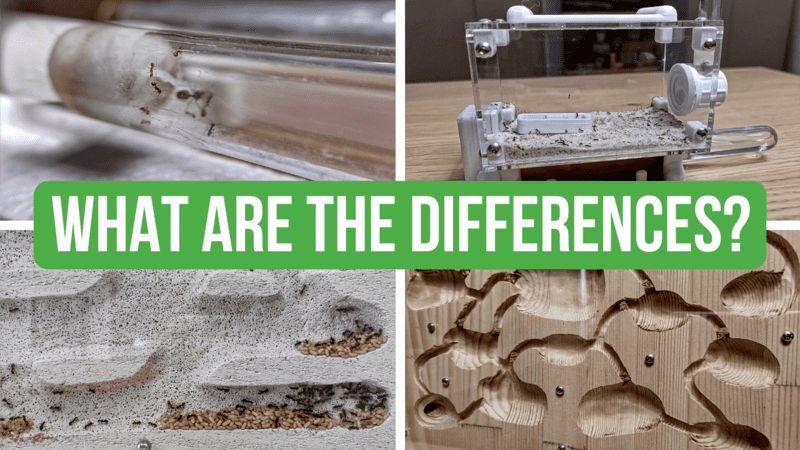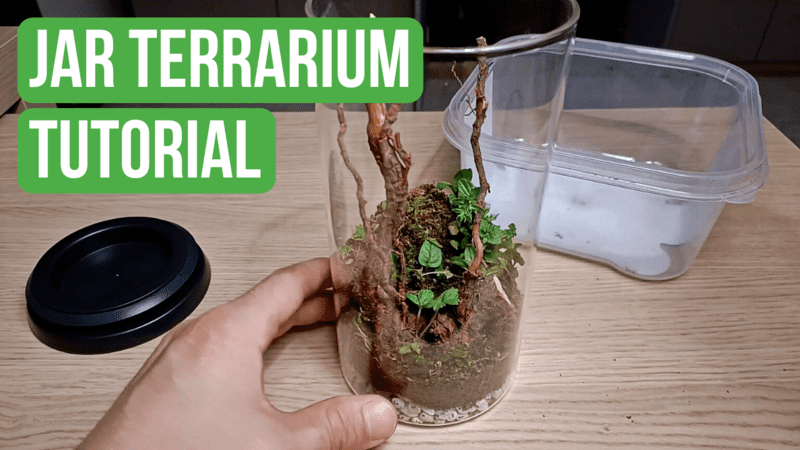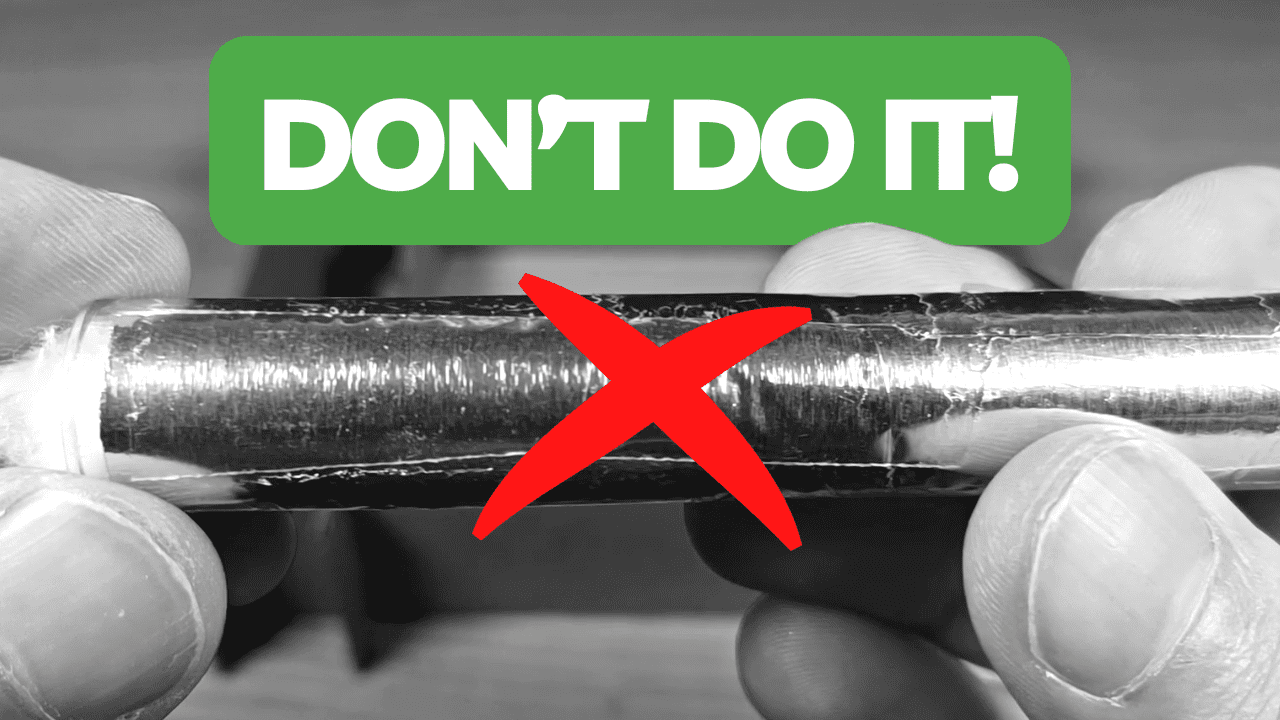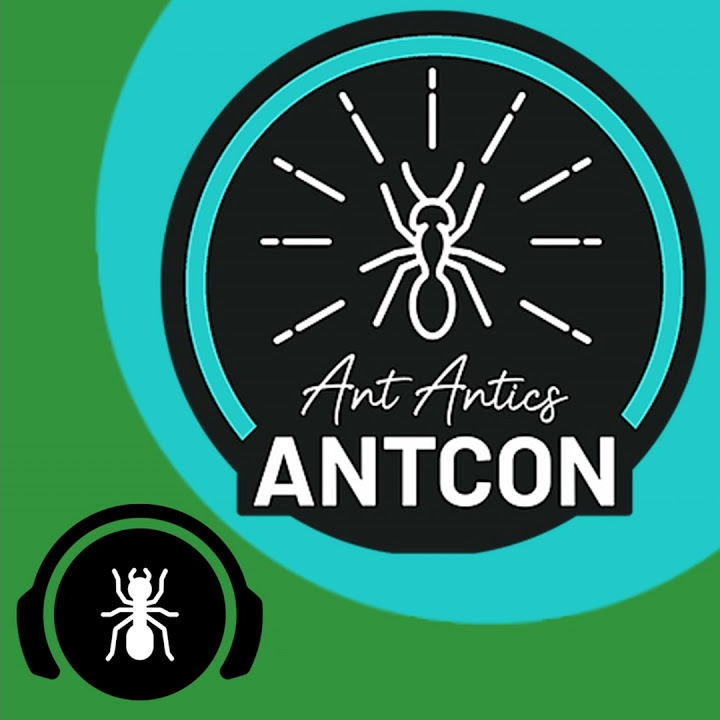How to Care for Formica Cinerea

Hi guys! I hope you’re doing well!
Today we are going to learn how to care for a very cool species of ant: Formica cinerea. By the end of the video, you will have all the information you need to start growing your own Formica cinerea colony all by yourself!
Let’s get into it!
Download
Introduction
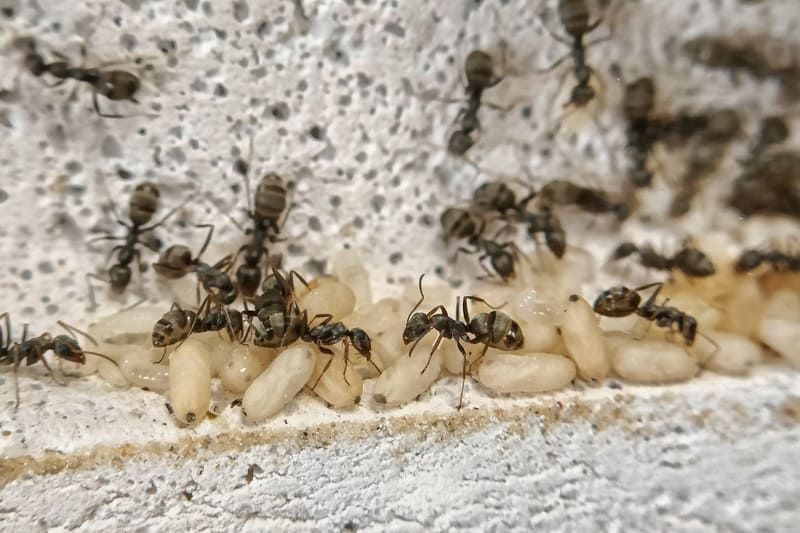
Formica cinerea is a medium-sized, fast-growing species of ant, very easy to find all across the European continent. If provided with the right nutrients and temperature, the colonies of this species can easily reach 10,000 workers in less than 4 years!
Like other species from the same genus, the workers of Formica cinerea can spray formic acid. They use this highly effective defense system to fight any potential enemy that tries to attack the colony, forcing them to flee.
They also use this natural weapon to hunt for food, attacking every insect they encounter along the way.
This species of ant likes to move in a very fast and irregular way, making it harder for the ant keeper to track the movement of every ant in the setup. This can become a problem during the regular maintenance of the outworld, when the chance of having escapees is at its highest.
The workers of this species range between 5 and 8 mm. Like most ant species, the queen of Formica cinerea is larger than the workers, with a size of approximately 12 mm.
Formica cinerea is monogyne, meaning that the colonies of this species accept only one queen. However, in some rare cases, multiple queens can start a colony together.
The nuptial flights of this species usually occur in the summer, between June and early August.
Distribution
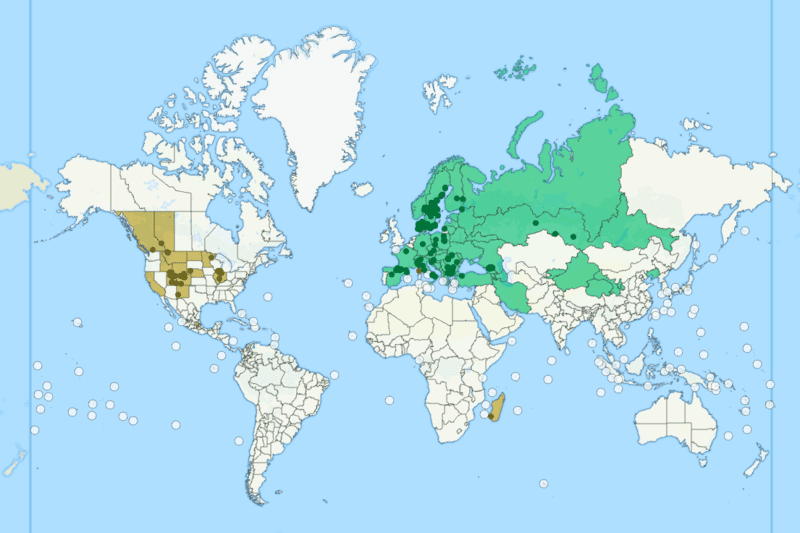
Temperature
This species of ant is very adaptable to temperature changes. They do not have very strict temperature requirements and can easily be kept at room temperature.
However, the ideal temperature for this species is between 21 and 27 degrees Celsius. If you live in a cold area or usually use an air conditioner in the room where your ants are, a heat mat or heat cable could be useful.
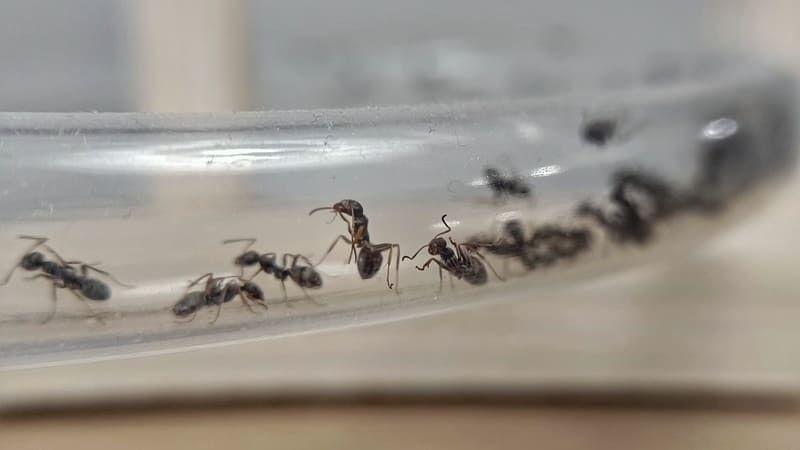
By raising the temperature of the nest, the metabolism of the brood will accelerate, reducing the time needed for the ants to fully develop into adults.
If provided with the right temperature and humidity levels, the colonies of Formica cinerea can grow extremely fast! When they reach a certain worker count, they start to grow exponentially, reaching outstanding numbers in just a few years!
Humidity
They prefer a range of moisture levels from 50% to 60%. One thing you have to consider is that, like most ant species, Formica cinerea doesn’t like dry climates!
If you notice that your nest dries out too quickly, you may need to consider changing the setup a bit. You can rearrange the elements of your formicarium to create an environment that better maintains moisture levels.
If you have a natural setup, you can easily increase the moisture level by spraying some water using a spray bottle, like the one used in gardening. You can also add some moisture-retention materials, such as a piece of wood or a bark substrate.
Food
Like almost every ant species, Formica cinerea needs some sugar for the workers and some protein for the queen and the brood.
Given their fast growth rate, they require a lot of protein.
Proteins are the building blocks of every animal body and are essential for the development of the ants. The queen needs protein for the production of the eggs, which will grow into larvae and then into pupae.
During the life cycle of the ant from egg to adult worker, the brood needs a lot of protein to successfully complete the various stages of development. Once the body of the ant is fully formed, the need for protein diminishes, and the need for sugar takes its place.
Sugar water should work well, providing the colony with ample energy. Honey is also a very good source of sugar, perhaps mixed with some water. If you want the best possible sugar source, the Ant Antics sugar snaps are the product for you!
With these fantastic colorful little bottles, you can give your ants a very high-quality source of sugar, fueling their all-day-long working routine! With the sugar snaps, you can be sure of one thing: your ants are going to love them!
As a source of protein, you can give them almost every type of insect. In the wild, they usually eat crickets, various types of worms, fruit flies, and spiders.
If you’re watching this video, there’s a high chance you're just starting out, and you just caught or bought your first Formica cinerea queen ant. If that’s the case, you don’t need to worry too much about feeding at this stage.
That’s because Formica cinerea is a fully claustral species, which means that the queen won’t need to eat for at least a month until she has her first workers.
She especially doesn’t need protein right now, because she can obtain the protein she needs from the decomposition of her wing muscles. However, if you want, you can give her a little drop of honey. That should provide her with the right amount of energy she needs to start her own ant colony!
Hibernation
Like most European ant species, Formica cinerea needs hibernation. They hibernate through the winter, from around late October to early March. They require at least a couple of months of diapause, a biological phase in which the queen doesn’t lay eggs.
This phase is very important for the health of the queen, and it’s the only time during the year when she can peacefully rest.
For this species, the ideal temperature for hibernation is between 5 and 8 degrees Celsius. I would not suggest going much lower than this, as in some cases it could create problems for the long-term growth of the colony.
If you don’t have a refrigerator available, you can place the colony in the basement or garage, where the temperature is not too low and not too high.
If you're a beginner ant keeper and this is your first hibernation, I would strongly suggest you check out this other guide! Here I explain in detail every aspect of this complex process called hibernation! What it is, why ants hibernate, and what are the most effective ways to hibernate your beloved ants!
Nest Type
Ytong Nest
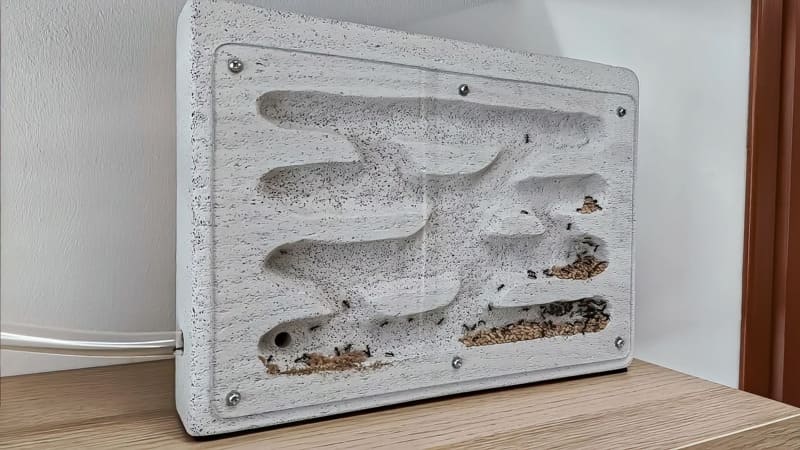
In my opinion, when it comes to choosing a formicarium for Formica cinerea, the best choice would be a Ytong nest.
Ytong is a specific type of aerated concrete, usually used in construction. It is very popular in ant keeping for its moisture-retention properties, and it’s perfect for housing a colony of this species.
Another advantage of using this type of nest is that it creates a strong contrast with the ants. The workers of this species are very dark in color, almost black, and since Ytong is almost always completely white, it makes watching the ants extremely easy and enjoyable!
You can easily find this type of nest online. If you prefer DIY projects or don’t want to spend a lot of money on a nest, this material is very easy to sculpt! You can easily create all the chambers just by using a screwdriver!
Online, you can find many tutorials on how to build one of these! Like this one!
Sandwich Nest
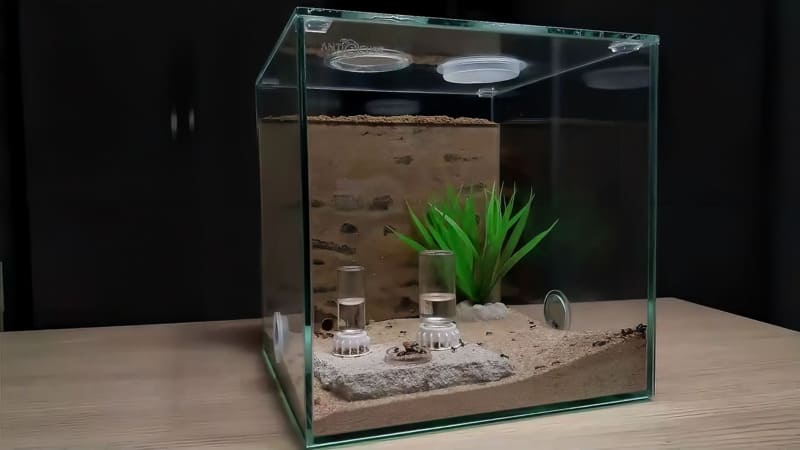
Another valid option for housing this species could be a more classic sandwich nest setup. This type of nest is perfect for observing the ants dig tunnels in the dirt, creating the structure of the formicarium as they like.
This simple type of nest structure consists of two acrylic plates placed together, separated by a small space filled with dirt. Using this clever solution, the ant keeper gets all the advantages of a natural dirt-based setup, plus the fact that with this one, you can easily see the nest chambers!
If you are interested in this type of nest, I would suggest you check out this review! It's the amazing glass sandwich nest in the picture above, made by the German company Antstore!
Acrylic Nest
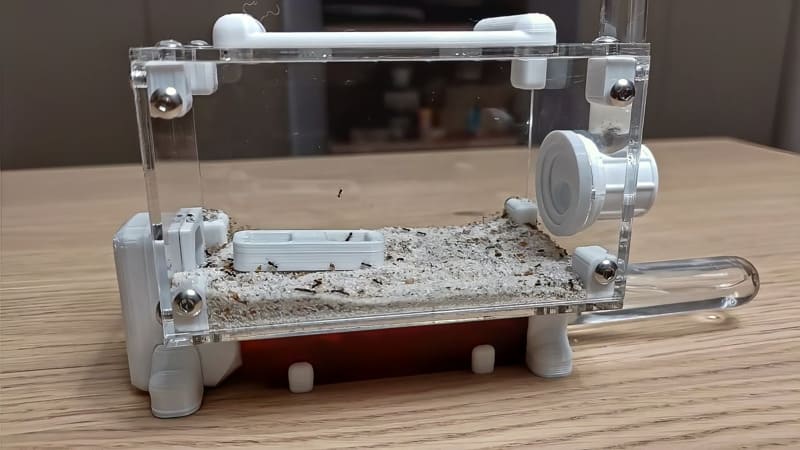
Discount!
Get this extremely cool ant nest on the WaKooshi online shop! Use the discount code BRUMA to get 10% off your entire order!
Last but not least, an acrylic ant nest. These particular types of nests are made from some kind of plastic, and are optimal for housing almost every species of ant!
Usually, they are made of a series of acrylic layers mounted on top of one another to create the nest's structure. With this building technique, the pieces fit tightly together, leaving no gaps between the layers.
Another variation of the acrylic nest is the test tube-based ant nest. As the name suggests, these types of formicarium are based on the test tube setup, considered by many to be the gold standard of ant nests!
If you like this concept, I would suggest you check out this product review! It's the review of the extremely cool ant nest in the picture above!
I hope you have found this guide helpful!
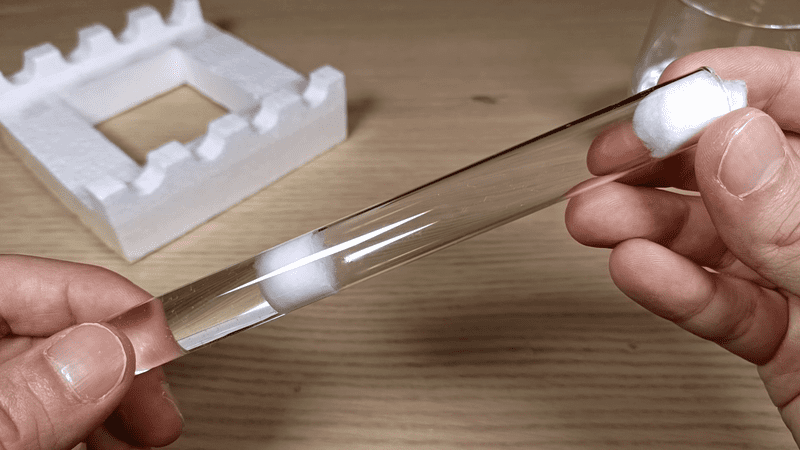
If you just found your queen and want to know how to create the perfect environment for her, check out this guide on how to make a test tube setup! This is the perfect way to start your ant colony!
FAQs
The ideal temperature for Formica cinerea is between 21 and 27 degrees Celsius.
They prefer humidity levels ranging from 50% to 60%.
They require both sugar for energy and protein, especially during the growth phase.
They need hibernation from around late October to early March, requiring at least a couple of months of diapause.
Ytong nests, sandwich nests, and acrylic nests are all suitable options for housing Formica cinerea.
